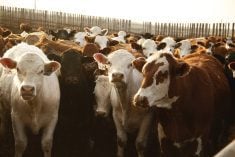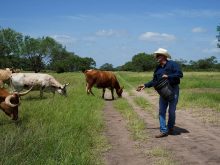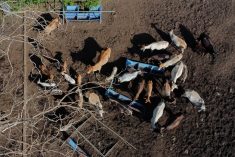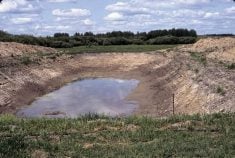REGINA — Getting the most money for your cattle starts with a good herd health program, says long-time cattle buyer Don Davies.
The operator of VeeTee Feeders at Lloydminster, Alta., said producers can maximize profit by focusing on cattle quality, and a fully vaccinated herd is key.
“If we can get more and more producers to properly vaccinate their calves close to birth and use proper vaccination protocols all the way through, it definitely helps the industry with death loss,” Davies told a Livestock Marketers of Saskatchewan webinar.
Read Also
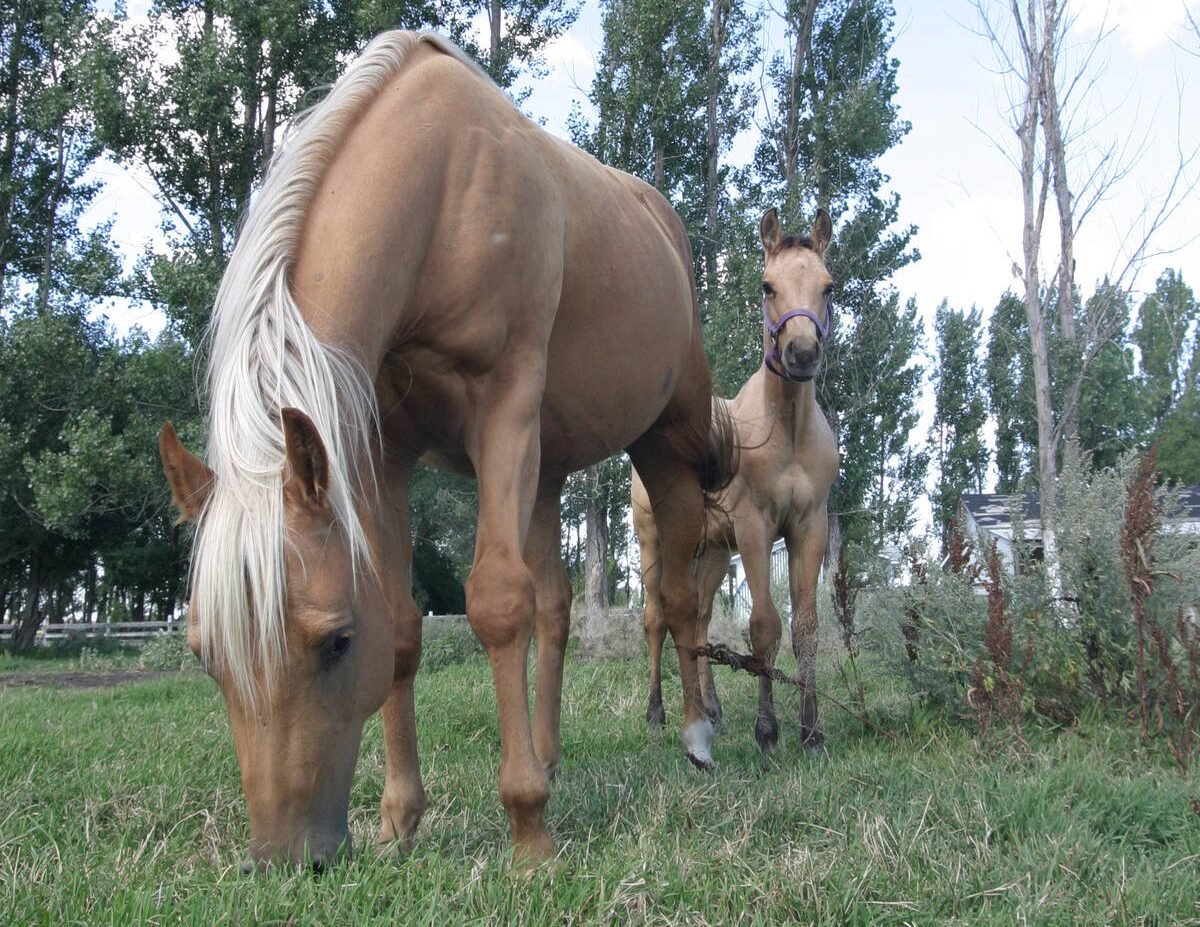
Growth plates are instrumental in shaping a horse’s life
Young horse training plans and workloads must match their skeletal development. Failing to plan around growth plates can create lifelong physical problems.
He cited data indicating properly vaccinated cattle have less than one per cent mortality and five per cent morbidity when they hit the feedlot. That compares to about 4.5 per cent mortality and 12 per cent morbidity when completely unvaccinated cattle are commingled at the lot.
At $2,500 to $3,000 per animal, that’s a lot of financial burden on the bids for the other cattle, he said.
He encouraged producers to talk to others and make sure vaccination is top of mind.
Cattle heading for sale should be clean. Davies said cattle will be discounted if they are “fleshy, dirty, taggy” animals.
Those who background cattle have to keep them on straw and not overfeed the energy or they’ll put on too much weight.
“You can see up to a 20 per cent discount for fleshy cattle. You’ll definitely get discounted for tag, probably five to 10 per cent,” Davies said.
“It’s not just that you’re buying the extra weight of the manure that’s stuck to the hide, but I think a lot of times you’ll find some taggy cattle have more internal fat that the feeder at the other end isn’t going to be able to get the gain advantage out of those cattle.”sure not to overlook bedding or truck cleanliness when taking cattle to market, he said.
If they show up wet or dirty, the auction staff have to sort them and try to keep them looking good for the next day’s sale, but Davies said it’s hard for buyers when they have to bid on cattle that look sticky, wet and tired.
It costs enough to transport cattle that producers should want to get the most for them. Keeping cattle clean all the way through the process definitely helps, he said.
Uniformity is a key selling point.
Sometimes a pre-sort is a little mixed, he said, and buyers who want large-frame cattle for their customers can’t bid because there are too many shorter ones, or British buyers find too many exotic crosses.
“Sometimes I think we get a little bit carried away worried about where cattle are placed at pre-sorts as far as producers are concerned,” Davies said.
“I think if we sort them properly all the time, I think you’ll find the consistency brings all the markets to the top.”
He also advised creep feeding cattle before they go to the feedlot, as long as it’s done properly. They should not get too much energy, but they should know how to eat and be ready for the bunks.
Davies addressed the producer concern of shrink. He said buyers are often pressured about why they are taking weight off cattle. However, he said he is happy if cattle can get down there at two or three percent under the sale weight.
“So if you think about that, if you’re sending your calves into the market and they’re taking three (per cent shrink), by the time they get to the actual owner of the cattle they’re down six per cent from full weight,” he said.
“We’re just getting rid of the manure and the excess water in those cattle to try to make sure the trade is as fair and as accurate as possible.”
On internet sales, Davies said buyers will often see four per cent empty bunk or four per cent in the morning. He said it’s important to be honest about those conditions. The cattle can weigh a certain amount with the empty bunk, but after feed and water for the day, there can be a three per cent difference, he said.
“Feedlots don’t like to be fooled,” he said.
Producers can expect discounts of five to 10 cents for horns, 20 to 50 cents for short-eared cattle, 30 to 40 cents for bulls and maybe another 30 cents for a belly nut.
Davies said producers shouldn’t worry about the one or two that undersell and focus instead on how the rest of the herd sold.
Again, that’s where properly sorted cattle make a difference. If they aren’t sorted correctly, the price can revert to the lowest rather than the highest. Davies said sorting out all the discounts will actually bring more money for them because they access a certain market.
Contact karen.briere@producer.com





